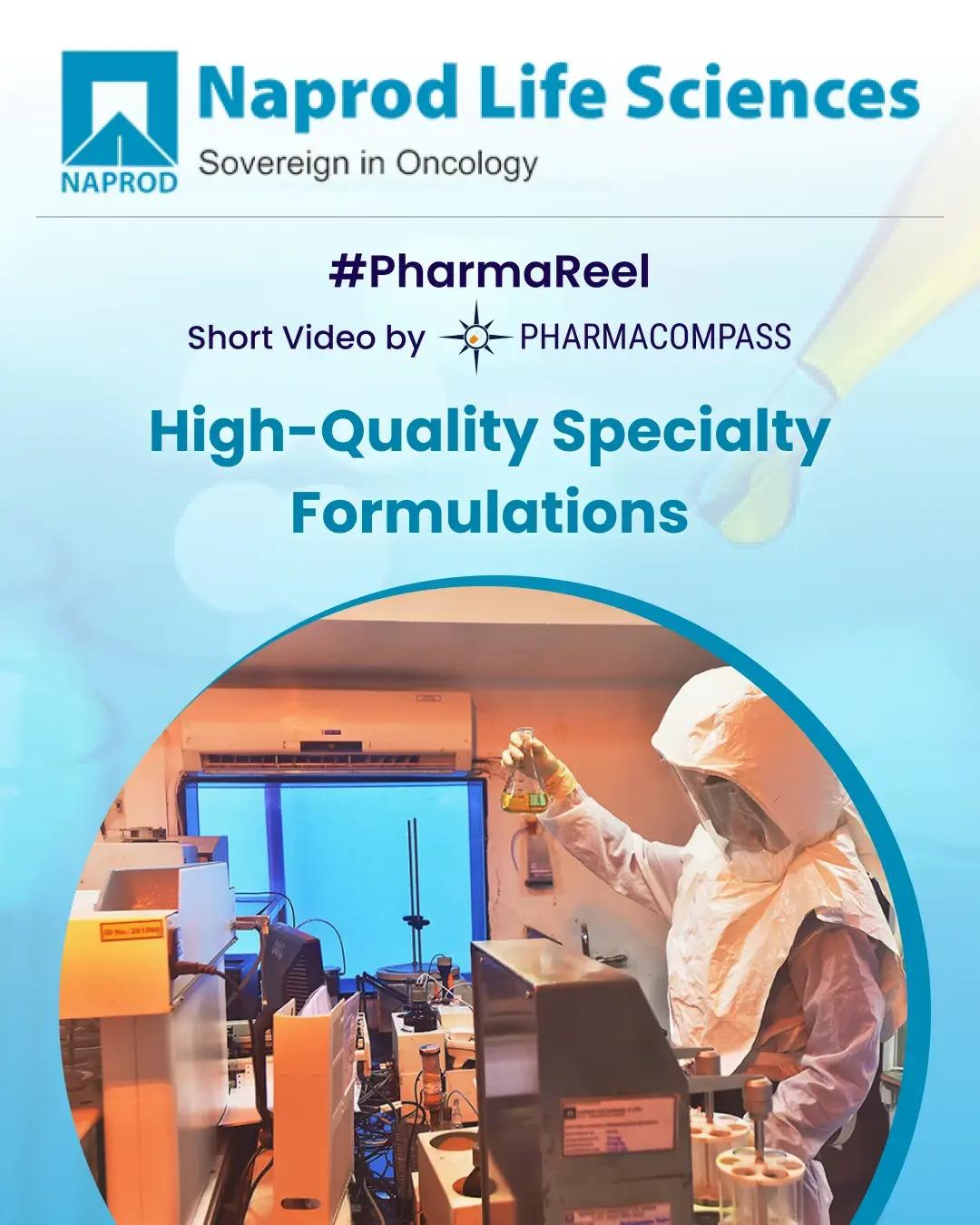
A tiny match-stick size implant, being developed by Boston-based biopharmaceutical startup – Intarcia Therapeutics – was found more effective in reducing blood sugar and body weight than Merck’s
top-selling diabetes drug Januvia (sitagliptin).
In a year-long study on 535 patients, Intarcia’s implant – ITCA 650 – led to an average weight loss of 4 kilograms, compared to a loss of 1.3 kilograms in patients taking Januvia. The device reduced blood glucose (measured through HbA1c or glycated haemoglobin test) by 1.5 percentage points, compared with 0.8 percentage point for Januvia.
Different drugs and delivery systems for the management of diabetes
Initial therapy for the management of type 2 diabetes is almost always metformin and lifestyle interventions. Due to the progressive nature of the disease, pharmacological agents in addition to metformin are required for successful management. There are various treatment options available today. And that’s why choosing the next course of action can be quite challenging for physicians.
Two types of drugs – Glucagon-like peptide-1 (GLP-1) receptor agonists and Dipeptidyl peptidase-4 (DPP-4) inhibitors, which act in distinct ways to regulate blood sugar levels – have become the fundamental treatment options before physicians.
GLP-1 receptor agonists enjoy the “higher status” due to greater reductions in blood sugar and weight. While DPP-4 inhibitors can be taken in pill-form, GLP-1 receptor agonists have (so far) only been available as injections.
Sitagliptin, sold by Merck under the brand names Januvia and Janumet (sitagliptin and metformin), had a combined sales of US $ 6 billion in 2014 and are the top selling drugs in the DPP-4 inhibitors drug class.
In comparison, AstraZeneca’s GLP-1 receptor agonist – exenatide – generated total sales of about US $ 767 million in 2014, doubling their 2013 sales. The sales of GLP-1
receptor agonists continue to increase.
AstraZeneca sells two version of their GLP-1 receptor agonist – Byetta (exenatide twice a day) and Bydureon (exenatide once a week).
ITCA 650, the avant-garde delivery system, could disrupt diabetes management
Intarcia’s drug under development – ITCA 650 (continuous subcutaneous delivery of exenatide) – works in a manner similar to AstraZeneca’s Bydureon. The only difference is that unlike an injection, it is released very slowly over time.
The high-tech delivery system is a matchstick-sized device consisting of a cylindrical titanium alloy reservoir placed under the skin. Water from the extra-cellular fluid is used to drive an osmotic pump, which is designed to release the drug (exenatide) in small amounts over the course of the year.
This means that patients don’t have to worry about forgetting to take their pills!
The implant takes under five minutes to be placed in the body at a physician’s clinic. Intarcia has run four final-stage trials covering 5,000 patients.
Intarcia plans to apply for the U.S. regulatory approval in the first half of 2016. The Boston-based company has a partnership with French drug-maker, Les Laboratoires Servier SAS, to develop and commercialize the product outside the U.S. and Japan.
A new era for drug-device combos
Transdermal patches, drug-eluting stents, inhalers, surgical meshes with antibiotic coatings are among the many approved drug-device combinations used in novel ways to deliver medicines. In fact, drug-device combinations have been around for years. As per estimates, the global market for drug-device combos is expected to grow from US $ 66 billion in 2012 to US $ 115 billion by 2019.
In 2002, the FDA set up the Office of Combination Products (OCP) specifically to handle the convergence of drug and device technologies.
However, since drugs and devices are managed by different regulatory pathways, uncertainty over how the FDA will review the application has made launching a drug-device combination challenging.
In order to “eliminate the high level of uncertainty in approval standards”, the Combination Product Regulatory Fairness Act of 2015 was introduced before the U.S. legislators last month. While concerns still remain on how the FDA will approve applications, the government support is an encouraging sign.
Our view
Whenever diagnosed with fever or the flu, we don’t think twice before popping a 500 mg pill comprising active pharmaceutical ingredients. In comparison, AstraZeneca’s Bydureon requires patients to inject 2 mg of exenatide once a week to manage type 2 diabetes.
With patients requiring only 100mg of the active ingredient on an annual basis, Intarcia’s revolutionary match-stick sized implant offers significant benefits to patients suffering from type 2 diabetes.
Factors like an emerging supportive regulatory landscape, increasing incidence of diabetes (29 million Americans aged 20 years and above had type 2 diabetes in 2012) and the effectiveness of the drug when compared with Januvia, prove that you will definitely hear a lot more about Intarcia in times to come.
The PharmaCompass Newsletter – Sign Up, Stay Ahead
Feedback, help us to improve. Click here
Image Credit : Republican Elephant by DonkeyHotey is licensed under CC BY 2.0 // modification: the PharmaCompass logo was added to the original image
“ The article is based on the information available in public and which the author believes to be true. The author is not disseminating any information, which the author believes or knows, is confidential or in conflict with the privacy of any person. The views expressed or information supplied through this article is mere opinion and observation of the author. The author does not intend to defame, insult or, cause loss or damage to anyone, in any manner, through this article.”






